News & Stories
The stories of the Faculty of Arts and Sciences: the achievements and activities of our faculty, departments, and programs.
Search & Filter
Applied Filters:
-
The annual awards recognize excellence in teaching in undergraduate programs and enable recipients to dedicate their summer to research.

-
Stavroula Hatzios, associate professor of Molecular, Cellular and Developmental Biology and of Chemistry, has received a major award from the Bodossaki Foundation, which recognizes distinguished early-career scientists of Greek heritage.
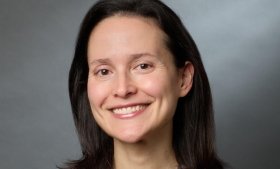
-
In a new study, Yale chemists describe an unusual method for converting carbon dioxide into the industrial compound formate.
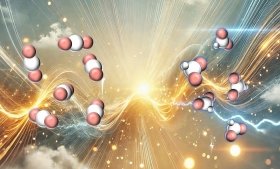
-
A new study led by a Yale chemist presents a “two-in-one” catalyst that takes waste carbon and turns it into liquid methanol.
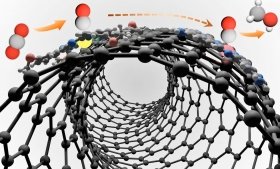
-
Modifi Biosciences, a Yale University spinout company formed in 2021, has developed a novel class of small molecules that target cancer cells lacking expression of a key DNA repair protein.
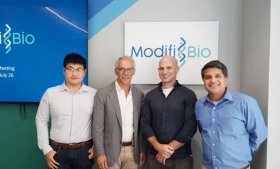
-
Seth Herzon, Professor of Chemistry in the Faculty of Arts and Sciences, has been awarded the American Chemical Society Award for Creative Work in Synthetic Organic Chemistry.
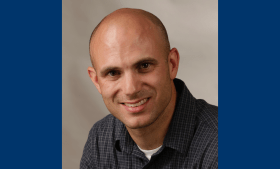
-
Two Yale-led studies indicate the promise of finding hybrid approaches to developing alternative solar fuels.
-
Nicholas Christakis and James Mayer were elected to the academy, one of the highest honors bestowed on a U.S. scientist or engineer.
-
Five Yale Assistant Professors received Air Force Research Laboratory Young Investigator awards.

-
Inherent within all humans lies the ability to treat many of the most common diseases. Hidden compounds – or natural products – wait to be discovered, decoded, and restored for this purpose. Chemists like Jason Crawford, associate professor of chemistry and associate professor of microbial pathogenesis, have been studying these natural products for years. Known as specialized metabolites, these small molecules are derived from our metabolism and are widely used as drugs or drug leads to treat a variety of diseases. Evolutionarily crafted into perfect structures over millions of years, they regulate a wide range of biological phenomena. The problem is most of these molecules are not available to us because they remain unknown.